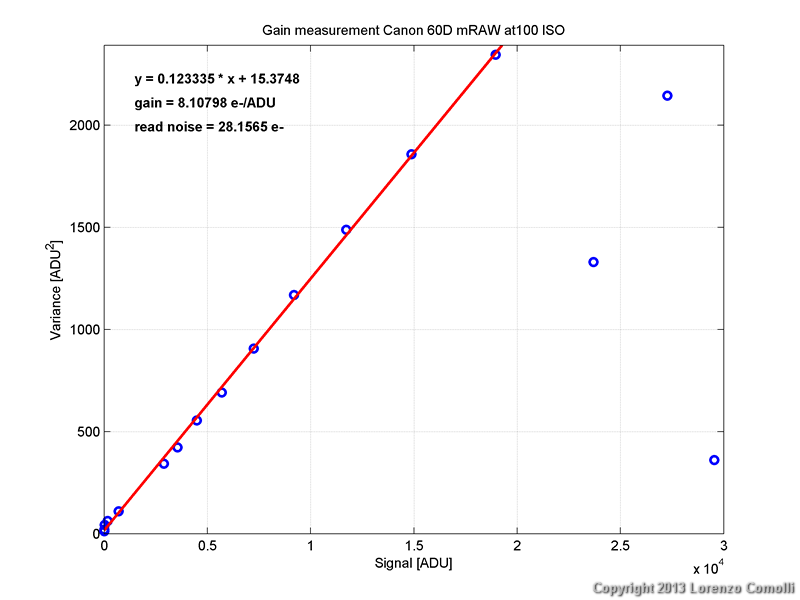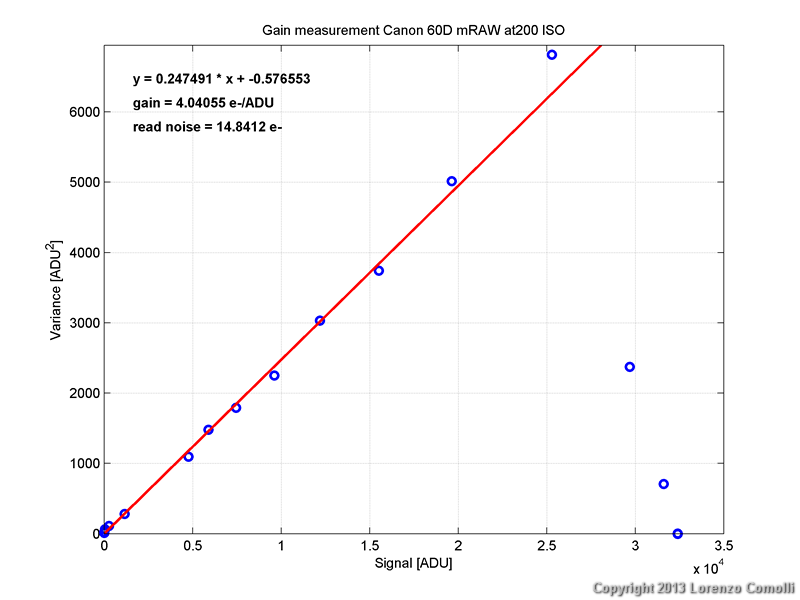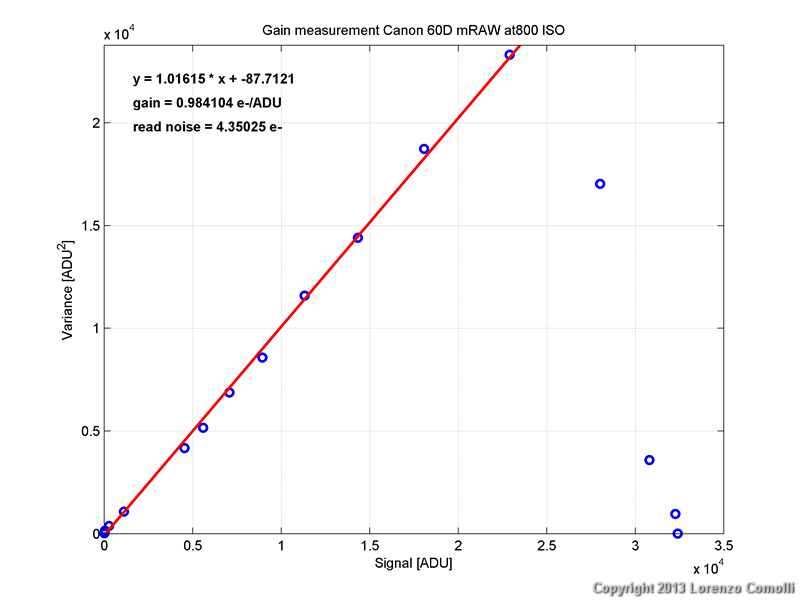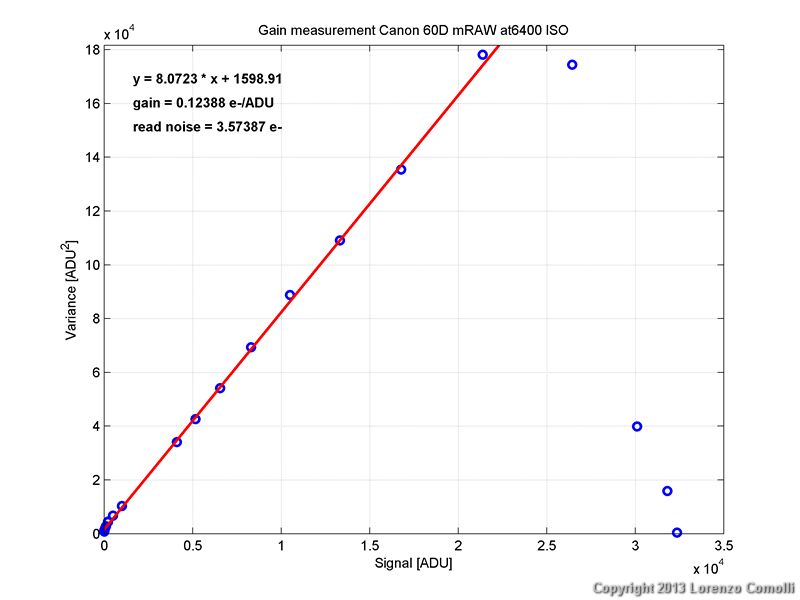|
by Lorenzo Comolli - Written in December 2013 |
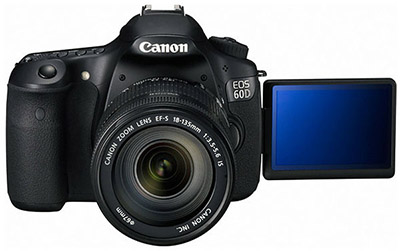
Introduction
In this page you'll find a technical test. Please refer here for an introduction, details and testing method.
NOTE: this test is not done with the true RAW format as usual in all my testing, but with mRAW, a reduced format with nearly 67% of the linear image dimensions. In principle it should retain the flexibility of a RAW format but with smaller file size. Unfortunately this is absolutely NOT a RAW format because in-camera the data is heavily processed (mainly de-bayering, pixel binning and Lab conversion). However I've tried this kind of testing anyway to see for any other "behind the scene" properties. Nothing significant has been found, confirming that Canon firmware is doing only minor processing to the data, as desirable.
Available sensitivities:
To distinguish between true and software interpolated sensitivities, the best method is to look at the histogram of a nearly uniform image (like a flat field). The result is shown in the figure below, and the conclusion is:
Gain and read noise
In this page you'll find a technical test. Please refer here for an introduction, details and testing method.
NOTE: this test is not done with the true RAW format as usual in all my testing, but with mRAW, a reduced format with nearly 67% of the linear image dimensions. In principle it should retain the flexibility of a RAW format but with smaller file size. Unfortunately this is absolutely NOT a RAW format because in-camera the data is heavily processed (mainly de-bayering, pixel binning and Lab conversion). However I've tried this kind of testing anyway to see for any other "behind the scene" properties. Nothing significant has been found, confirming that Canon firmware is doing only minor processing to the data, as desirable.
Available sensitivities:
- standard: from 100 to 6400 ISO with 1/3 EV steps
- extended: 12800 ISO
-
Gain. The measured gains follow quite accurately the power law.
- Unity gain at 794 ISO
- Read noise. A constant
decrease is found up to 1600 ISO. Using 3200 ISO or more produces no significant improvements
on the read noise. For
best results in low light circumstances, mainly use 1600 ISO.
- Dynamic range. The
full well capacity has been found between 29 and 32kADU, so the dynamic
range is
computed and reported both in the table and graph below. The best
dynamic range
is obviously at 100 ISO, but also 200 and 400 ISO has a similar dynamic
range. Above that
sensitivity the dynamic range start to decrease
noticeably. For best results on bright subjects, use 400 ISO or less.
To distinguish between true and software interpolated sensitivities, the best method is to look at the histogram of a nearly uniform image (like a flat field). The result is shown in the figure below, and the conclusion is:
- all ISO settings do not show any gap, and this is clearly explainable with the firmware processing done on the RAW data that is removing any eventual gap in the histogram.
Gain and read noise
| ISO | gain | read noise | Approx dynamic range |
| [e-/ADU] | [e-] | [dB] |
|
| 100 | 8.1080 |
28.157 | 78.9 |
| 200 | 4.0406 |
14.841 | 78.9 |
| 400 | 1.9597 |
7.329 | 78.8 |
| 800 | 0.9841 |
4.350 | 77.3 |
| 1000 | 0.7893 |
4.527 | 75.0 |
| 1250 | 0.6263 |
3.638 | 74.1 |
| 1600 | 0.4874 |
3.476 | 73.2 |
| 3200 | 0.2597 |
3.787 | 66.9 |
| 6400 | 0.1239 |
3.574 | 61.0 |
| 12800 | 0.0599 |
3.637 | 54.5 |



Histograms

Details of measurements at each ISO setting
